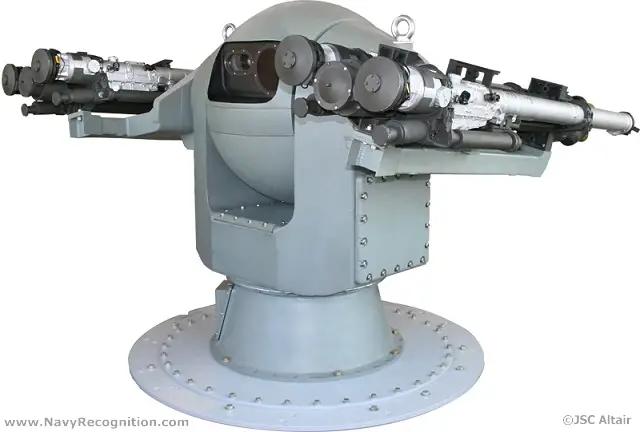President Obama is expected to announce the end of the Pentagon's train and equip program for Syrian rebel forces, amid widespread criticism about the ineffectiveness and cost of the mission.
The administration plans to issue new guidance for how it will attempt to build up a force of so-called moderate fighters in Syria, abandoning the current strategy that has cost millions of dollars for almost no output.
The news of the new direction was first reported by the New York Times.
Funding for the program was approved last December, with training beginning in May. But despite lofty goals — the Pentagon initially predicted 5,400 trainees by the end of the year — the program never truly got off the ground.
The final nail in the coffin seemed to occur during a Sept. 16 hearing when Gen. Lloyd Austin, chief of US Central Command, told the Senate Armed Services Committee that there were only "four or five" trainees currently operating in Syria.
Not helping the argument for keeping the program alive was an incident in September when a number of trainees turned over their equipment to the Nusra Front, an al-Qaida associated group,
The Pentagon has since hit pause on transferring new trainees from centers in Jordan and Turkey back into Syria. While Pentagon spokesman Peter Cook denied last week that meant the program was over, it is now clear the administration is going in a new direction.
Part of the challenge with the program has been finding fighters willing to combat the Islamic State group, also known as ISIS or ISIL, and not the government of Syrian president Bashar al-Assad. While consistently calling on Assad to step aside, the US has avoided any direct antagonism with Assad's regime.
That situation has only become more complicated with the presence of Russia, which over the last month has set up bases and begun airstrikes in Syria — strikes that Russia claims are targeting ISIS, but which the US says have almost entirely been targeted against anti-Assad rebels in non-ISIS territory.





